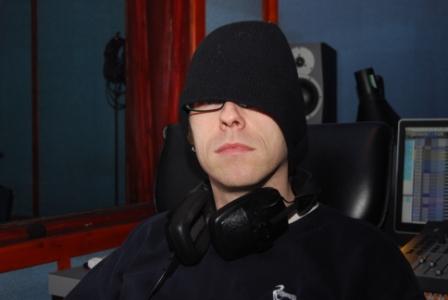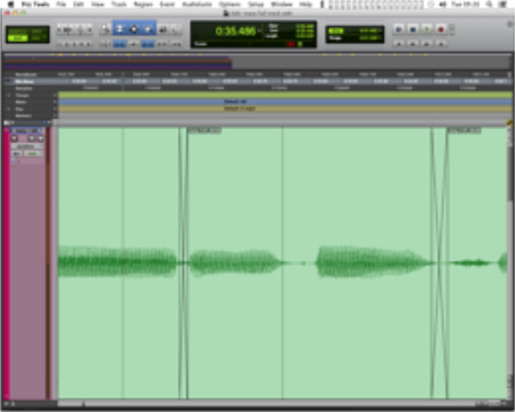

We recently asked you what MHM subjects you might like to read about. A question that came up several times asked about the writing and recording process, and what goes on behind the scenes of an album. We intend to look at all of the albums in depth, and we'll start with June's album of the Month, You Look Familiar. In the first part, Chris talks about the different roles he had in the album, starting with the logistics of an album creation.
You Look Familiar is the 6th album release by MHM, and the first album of all new material. It is written and performed by Mary and her son Morgan Visconti.
My roles in the production of this album were two fold - engineering and materials logistics. I'll talk about the recording next week, but here I'm going to describe my view of the process of pre-production and writing.

Producing an album in this digital age often involves activity across cities, countries or even oceans. This album was produced between Swansea, Cardiff, London and New York. It was made using at least five different computers, (Mac and PC), and at least two different Digital Audio Workstations (Pro Tools and Logic).
So the first thing I had to do was keep track of the sessions as Mary worked on them, and sending and collating materials to and from Morgan. I should point out that some of the songs were already complete with vocals, as Mary and Morgan had recorded these previously.
With the newer songs, the process started with Mary listening to tracks Morgan had previously written. She went through a huge list, highlighting her favourites. She then went through these and got them down to a manageable number. Morgan writes great tracks!
She listened through and developed melody and lyrical ideas, then imported the tracks into Pro Tools. She cut the tracks up so she could repeat the sections she thought would be verses and choruses etc.
Some of Morgan's tracks had started life as ideas between 30 seconds and a minute long, so they needed editing and looping to allow Mary to experiment and build her ideas.
After this editing, Mary would bring the sessions to us, and we'd go ahead and track the vocals.
After the vocals were tracked and comped, I'd tidy up the finished articles. This meant "top and tailing" audio - getting rid of the parts of audio with no singing (e.g. in instrumental sections). I then cross faded over the edits created in the comping process. When you splice bits of audio together, you can get pops and clicks, so carrying out a cross fade smooths this over.

Because we use a different system to Morgan, I then consolidated all of the audio together into solid blocks so everything started and finished at the right time. Then I'd zip everything up and send it through the internet to Morgan.
Occasionally, Mary would ask Morgan to make edits to the tracks, and he'd send a backing track over to us so we could work to it. Then it was just a case of sending all of the finished tracks over to Morgan, to let him work his magic. He also recorded and added different instrumental parts, which he talks about here.
So that's how the tracks came to be, and the flow of digital audio between Mary, us, and Morgan. Is there anything about this process you'd like to know? Please ask through Twitter, or on the Facebook page! Next week, I'll describe how the recording process went.
Christian Thomas sits in a darkened room and does techie stuff. He engineers, mixes and provides technical support to Mary and Jessica.
Follow Us